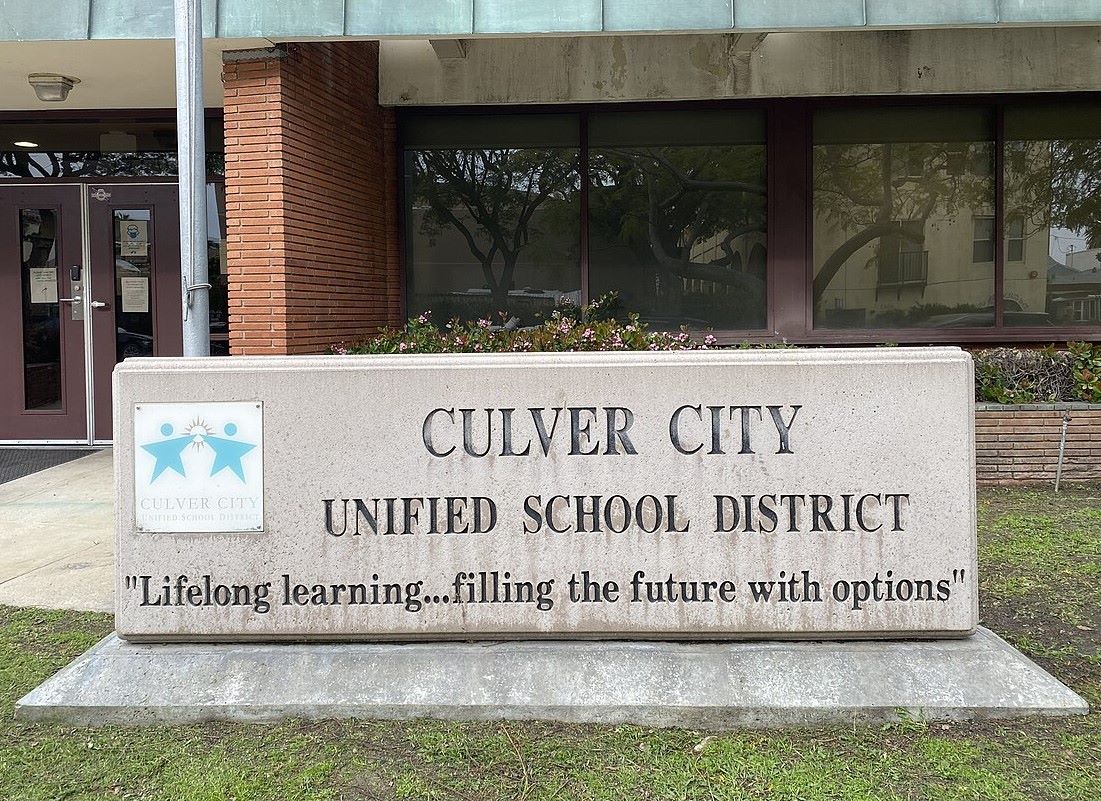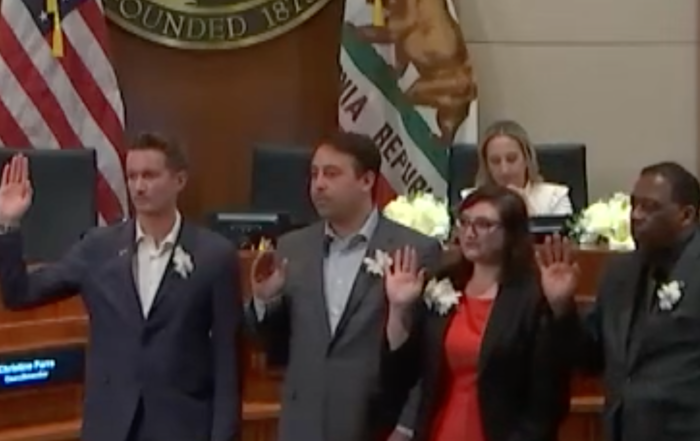The Culver City Unified School District (CCUSD) parcel tax is on the ballot for renewal this November. Measure K was first passed in 2018 as a $189 tax on Culver City parcels “To supplement inadequate state funding,” according to the district. CCUSD receives lower per-student funding from the state compared to surrounding districts. Measure K generates approximately $2.45 Million for Culver City Unified each year. With Measure K funds expiring in 2026, the district has submitted the parcel tax – relabeled as Measure O – to the November ballot to hold on to gains made in the district with the tax funds over the past five years. Without a renewal, the district said it would have to cut around $2.45 Million from the budget.
Measure O would come into effect in 2026 and continue for eight years. The measure needs a two-thirds majority to pass.
Measure O will not raise taxes but continue the existing $189 per parcel tax that voters overwhelmingly supported in 2018. The parcel tax funds a wide range of programs and positions at CCUSD. The ballot language from 2018 stipulated the funds could be used towards core academic programs, attracting and retaining teachers and staff, maintaining small class sizes, supporting high-risk students, arts instruction, athletics, and career education to prepare students for college and joining the workforce. The ballot language explicitly said Measure K could not fund administrators’ salaries, benefits, and pensions.
In the years since Measure K was passed, the district has used the funds to these ends, enabling schools to hire new teachers and staff, offer new classes, and support students. Some highlights of the district’s Measure K spending can be found in a draft of the Measure K Oversight Committee’s Annual Report.
The Culver City Federation of Teachers (CCFT), representing teachers, counselors, nurses, and program specialists, has endorsed Measure O. The Association of Classified Employees – Culver City (ACE) has also endorsed the measure. CCFT President Ray Long told Westside Voice that the parcel tax is a unifying issue with broad support.
CCFT has been drumming up local support for the measure. So far, Long has secured endorsements from all five Culver City Council members and all seven candidates running for the council this November – no small feat for council members and candidates who often disagree. The Culver City Chamber of Commerce has also endorsed Measure O. “How often do you see a union and the Chamber of Commerce endorsing the same thing, right?” Long joked.
When Measure K was introduced in 2018, teachers and staff supported it. But Long said teachers and staff lacked opportunities to weigh in on Measure K implementation in the beginning, something CCFT has been working to change.
According to community polling conducted by Culver City Unified this spring, the large majority of respondents supported renewing the parcel tax. When asked to rank their priorities for fund spending, more than 70 percent of respondents put attracting and retaining teachers and staff in the top position. Maintaining small class sizes came in second.
Long said the polling helped CCFT work with the district to focus on and clarify the Measure O ballot language. Compared to the 2018 ballot, where the teachers and staff were mentioned midway through the district’s priorities, Measure O lists attracting and retaining teachers and staff first. “We asked for that to be first because that’s what it seemed like the community wanted,” Long said. The tweak is small but significant, one part of the union’s work to increase community investment and involvement in Measure O.
Long wants Measure O funds if approved, to reflect the wishes of Culver City residents.
“We want to see it spent on people that are directly working with the kids – our teachers, nurses, and our counselors, our teachers’ aides, our classified staff, our cafeteria workers – these are the people that are on the front line, taking care of students,” Long explained.
There are plenty of discussions to be had about parcel tax expenditures if it’s renewed this November. In the past five years, state funding to the district has been lost in some areas and added in others. Long is interested in how that could change Measure O priorities. For instance, Measure O could be used to support students by funding more counseling positions. The ratio of counselors to students is high across the district. “We definitely need more – all kinds of different counselors. If we could use Measure O for that, I think that’d be a fantastic use,” Long said. “We haven’t talked about that enough, and I think it’s a conversation I’d like to have more with the district.” Student mental health and wellness is a clear priority the community and the district hold in common, Long said. “We just have to be wise with how we spend [Measure O]. That’s been one of my selling points.”
Though Long said he has encountered mostly enthusiastic support for Measure O when doing community outreach, those who expressed reservations about renewing the parcel tax seemed to have reservations about spending priorities and district receptiveness to community concerns. Long described the disconnect he sensed: “They feel like, ‘I’m talking into a tunnel and nobody’s listening to me.’” Long said that he has talked more wary people out of their skepticism when it comes to Measure O.
In their annual report, the Measure K Oversight Committee recommended that they have more involvement in the implementation process. Rather than receive reports on parcel tax expenditures after the fact, they suggested their contribution to the district would be more effective if they were allowed to weigh in on the budget as it was being constructed. “The Committee would like to see a consistent commitment to oversight, including providing responsive staff support to enable an oversight committee to carry out its core functions efficiently,” the committee reported.
The committee summarized their findings: “For the most part, the goals of Measure K are being met, but the District could improve its communication in how it is meeting these goals.”
Long also believes that open and forthright communication with the district is the way forward.
“The district wants to build trust and the union wants to be a partner in that, to help bridge that gap between the community and CCUSD,” Long said. “Let’s break down some of these barriers and let’s just talk. We have something in common. We all want to see better schools.”
Photo by Jengod, CC BY-SA 4.0, via Wikimedia Commons
Stay informed. Sign up for The Westside Voice Newsletter
By clicking submit, you agree to share your email address with Westside Voice. We do not sell or share your information with anyone.








